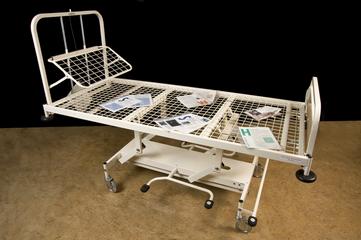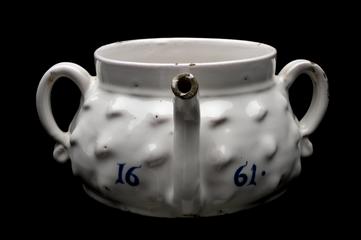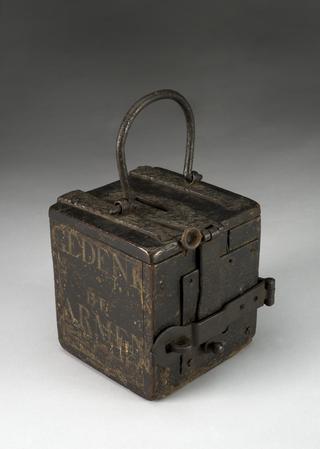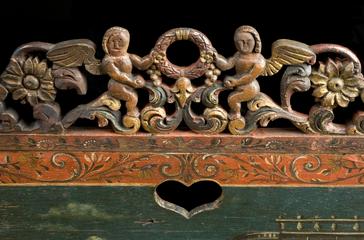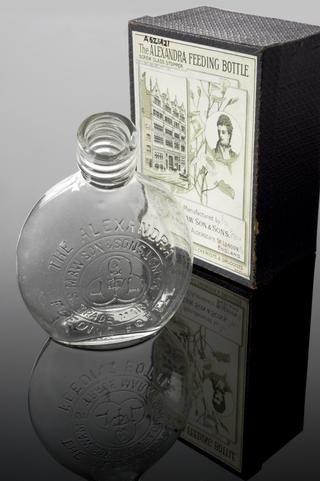
Lead nipple shield, United States, 1920-1930
- PART OF:
- Lead nipple shields
- Made:
- 1920-1930 in United States

One of two lead nipple shields and piece of ivory (loose), American, c.1927
Nipple shields of the Victorian period were never popular with mothers. They were often made of seemingly inappropriate materials such as lead and glass. Nipple shields protect nipples from teething babies. They also soothe sore nipples of breastfeeding mothers. They prevent nipples from flattening, contain leaking milk and help women who had trouble breastfeeding.
This lead example, seen on the left, is alongside a glass one (A500005) on the right. It probably prevented the nipple flattening, for example under clothes, rather than being for feeding. There are no holes through which milk could pass. Lead is also dangerous and over-exposure can cause nerve and brain damage. Doctors of the period advised breastfeeding was best for infants. They said babies should be breastfed by the mother if possible or a wet nurse. Dried milk and condensed milk were introduced in the 1860s. However, doctors claimed dried milk caused diarrhoea, indigestion and rickets when fed to babies.
Details
- Category:
- Nursing & Hospital Furnishings
- Collection:
- Sir Henry Wellcome's Museum Collection
- Object Number:
- A627128/1
- Materials:
- lead (metal)
- Measurements:
-
overall: 15 mm 42 mm, .02kg
- type:
- nipple shield
